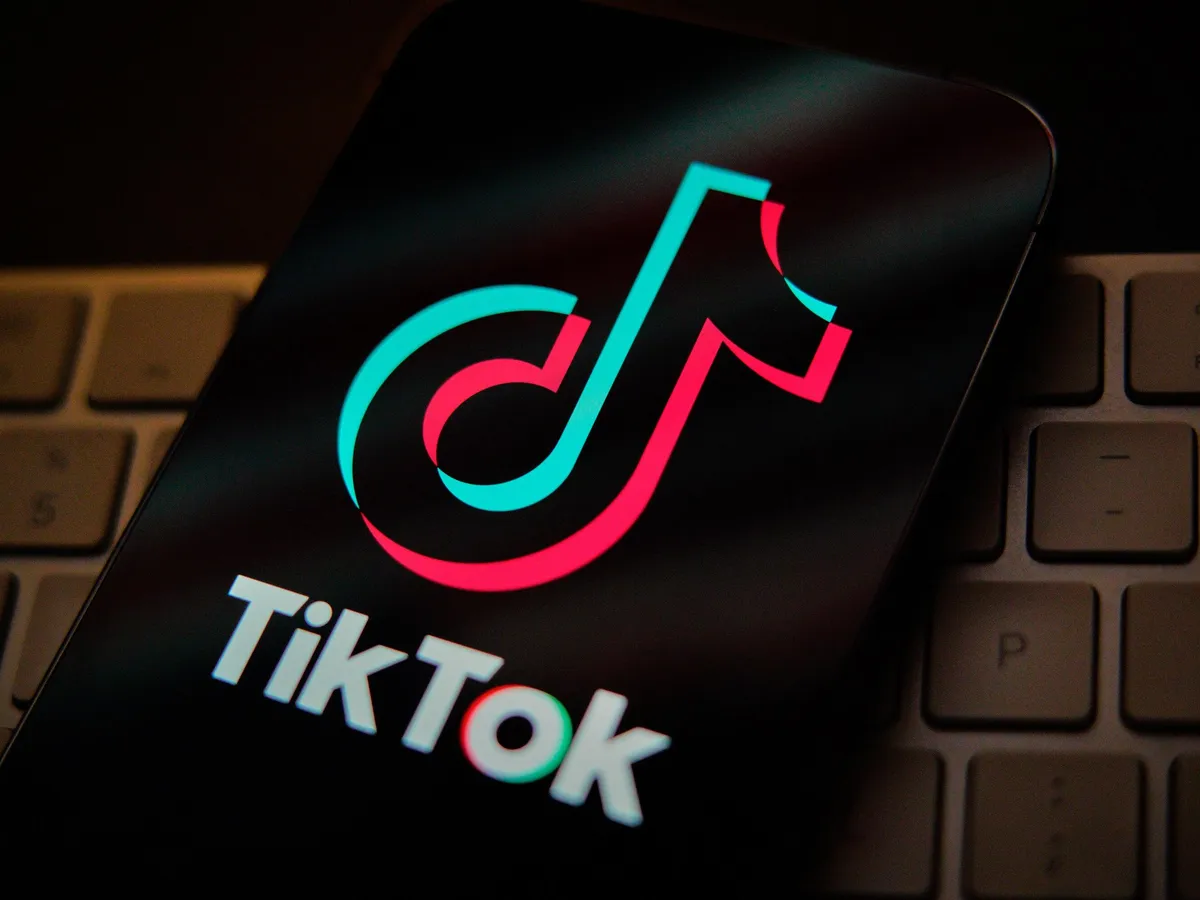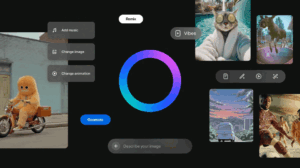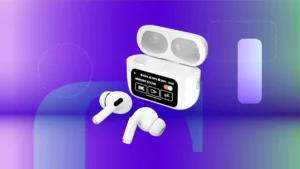TikTok introduced group chat functionality in 2024, promising users a new way to communicate within the app, syncing video posts, comments, and conversations under one roof. On the surface, it seems like a convenient upgrade. But beneath the glossy interface lie serious privacy concerns that many aren’t aware of. If you use TikTok group chats (or plan to), you need to know what data you’re giving away, who might have access, and how your messages might be exposed, whether you realize it or not.
What Is TikTok Group Chat?
TikTok’s group chat feature lets users message up to 32 people in a single chat. Some key points:
- Users must be mutual followers in many cases. You can only invite people who follow you back in several zones to reduce random people joining.
- There are age-based restrictions and safety measures. For example, users under 15 can’t start group chats. Teens under 18 in group chats get extra review barriers and participant controls.
So far, that sounds reasonable. But the devil is in the details.
Where Privacy Gets Compromised
1. Data Collection & Behavioral Tracking
TikTok collects more than just what users post. It tracks device information, IP addresses, location, how long you watch certain videos, how you scroll, your interaction patterns, content preferences, even when you aren’t active.
When group chat messages exist, the lines between private and public blur. Messages might be used to feed TikTok’s algorithm, or to infer what content you prefer. Even if your messages are “private,” metadata (who you chat with, when, how often) adds up.
2. Insufficient Transparency
How well do users know what TikTok is doing with group chat data? Very little. Privacy policies may mention collection and sharing, but the specifics, how long messages are stored, who internally accesses them, whether they reach third parties, often remain vague. Studies suggest that biometric identifiers (voiceprints, faceprints) are collected in other parts of TikTok, which raises questions: could these show up in group chat contexts?
3. Regulatory & Oversight Weaknesses
TikTok has been under increasing scrutiny. In the European Union, for example, TikTok was fined over €530 million for violating data-privacy rules related to unauthorized transfers of user data outside EU borders. Regulators said the platform didn’t clearly inform users where their data was being stored or accessed.
When group chats operate, especially with minors or across geographies, those regulatory challenges multiply. Will TikTok ensure strict age verification? Will they prevent non-followers from joining? Will there be thorough audits of data handling by ByteDance employees, especially those outside the user’s country? These remain uncertain.
4. Potential for Misuse & Exposure
Group chats inherently expand the circle of exposure. If someone in your group leaks screenshots, records messages, or shares sensitive info, you have no control over what happens afterward. Also, there are risks from hacks, phishing, impersonation, or malicious bots.
Studies of group messaging in general (across platforms) show that chatbots, or malicious third-party apps, sometimes gain more access than they should. They may scrape messages or profiles, enabling tracking across groups or inferring sensitive data. arXiv
5. Underage Users: Especially Vulnerable
TikTok does put limits: under-15s cannot initiate group chats; for teens there are more safety checks. TechRadar
Yet still, minors may inadvertently join groups with strangers, share things before thinking, or have less awareness about what privacy settings to adjust. The pressure of social norms, peer influence, and virality can push risky behavior. Also, minors might not know how to manage their chat invitations or group membership settings robustly.
Real-Life Scenarios: What Could Go Wrong
- Someone posts something sensitive (like health info, personal struggles) believing the group is safe, but someone leaks or screenshots it, and the info goes viral.
- A bot or suspicious account joins a group (especially teen groups) and collects metadata, who interacts with what kind of content, and uses that to serve targeted ads or influence recommendations.
- Cross-border data transfers mean chat logs stored in data centers that don’t have strong protections, maybe somewhere with lighter enforcement. Could be accessed by outside entities if legal frameworks are weak.
How TikTok Compares to Other Platforms
| Feature | TikTok Group Chat | Telegram | iMessage / Apple | |
| End-to-end encryption by default | No evidence for chats being fully E2E for group chats (public info shows DMs with limitations) | Yes | Optional/enabled by default in secret chats | Yes |
| Age restrictions & safety layers | Yes, under-15 restrictions, teen approvals | Varies by region | Strong tools for privacy | Strong privacy, but Apple also has guardrails |
| Data sharing with parent company / servers abroad | Substantial scrutiny; EU fine for transfers to China; policies show global data flows via ByteDance | Meta under scrutiny too, but encryption gives better control | Geo-localized servers, user option for data control | Apple claims local storage for many features, privacy focus |
Note: Some WhatsApp / Telegram features may be stronger in encryption; group chats tend to get more exposed than 1-on-1 chats, even on platforms with encryption.
What Should TikTok Do Better (and What You Can Do Now)
What TikTok Should Improve
- Implement true end-to-end encryption for group chats, so only participants can read messages, not even TikTok operators.
- Clearer privacy disclosures about retention, access, and data transfers, especially for group chat metadata.
- Safer default settings, especially for younger users (auto-reject invites from non‐followers, stricter admin permissions).
- Audit transparency, so users can see when their data is handled externally (which server locations, which entities).
- Stronger bot / spam protections in group chats (bot detection, report tools).
What You Should Do as a User
- Use age settings responsibly and only accept group invites from people you know.
- Check your privacy settings in TikTok; disable message invitations from people who aren’t mutual followers if possible.
- Don’t share overly personal info in group chats unless you’re completely confident about the group’s trust.
- Use screenshots or messages carefully; once something is out, it’s out.
- Keep your app updated – security patches often close unspoken vulnerabilities.
The Bigger Picture
TikTok’s group chat feature is part of a shifting digital culture: platforms becoming central places not just to watch content, but to communicate constantly with friends and peers. This amplifies the stakes. Platforms today are being judged not just by how engaging their content is, but how safe their private and group spaces are.
Privacy isn’t just about hiding things, it’s about control, trust, and mental safety. As TikTok (and its parent ByteDance) continues expanding globally, regulatory regimes (like the EU’s GDPR, US state laws) are pushing for higher standards. Violations now carry not just fines, but user backlash and reputational damage. We’re past the age where “terms and conditions” can hide opaque data policies.
So,
TikTok group chats are a double-edged sword. They give you a way to share, joke, and stay connected in compact group settings, without leaving the platform. But with that power comes vulnerability, more data collection, more exposure, more risk.
If you use group chats, be smart. Guard your info, choose who you add, know what you’re agreeing to. And hold platforms accountable. Because in the modern social media age, conversation is never truly private, unless privacy is built in from the ground up.
FAQs
What exactly is a TikTok group chat?
TikTok group chat is a built-in messaging feature that lets up to 32 people exchange text, videos, and links inside the app. It’s like a private group conversation on WhatsApp or Messenger but sits entirely inside TikTok.
Are TikTok group chats end-to-end encrypted?
No. TikTok has not confirmed true end-to-end encryption for group chats. This means TikTok’s servers, and possibly employees, could theoretically access chat content, unlike fully encrypted services such as WhatsApp.
Can TikTok read my private group chat messages?
While TikTok says it does not “actively monitor” personal chats, messages are stored on company servers. In theory, TikTok could access or share them if required by law or if flagged for safety investigations.
Who can add me to a TikTok group chat?
By default, only mutual followers can invite you, and teens have stricter rules. Still, users sometimes create fake accounts to bypass these filters, so it’s wise to adjust your privacy settings and accept only trusted invites.
What personal data does TikTok collect from group chats?
Besides the text or media you share, TikTok can collect metadata like participants, timestamps, and interaction patterns. These details can feed recommendations and advertising profiles, even if you never post publicly.
Can other people leak or screenshot my TikTok group chat messages?
Yes. Anyone in the group can screenshot or record your messages without you knowing. TikTok does not block or warn about screenshots, so think twice before sharing sensitive content.
Is TikTok group chat safe for teens?
TikTok adds some protections (like under-15s not being able to create groups and approval steps for minors), but risks remain. Parents should review privacy settings and talk with teens about safe online behaviour.
















